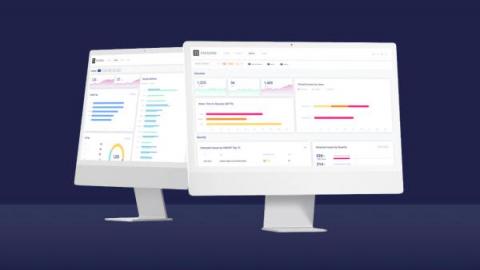STIGs, FIPS, ZT, and API Security
The United States has been a leader in information technology for decades, and the U.S. government has been a major driver in that arena from the start. Considering the sensitivity of data shared between agencies, as well as how lucrative that data is to cybercriminals, the government realized early on that it needed strong security standards to protect itself from malicious actors.








